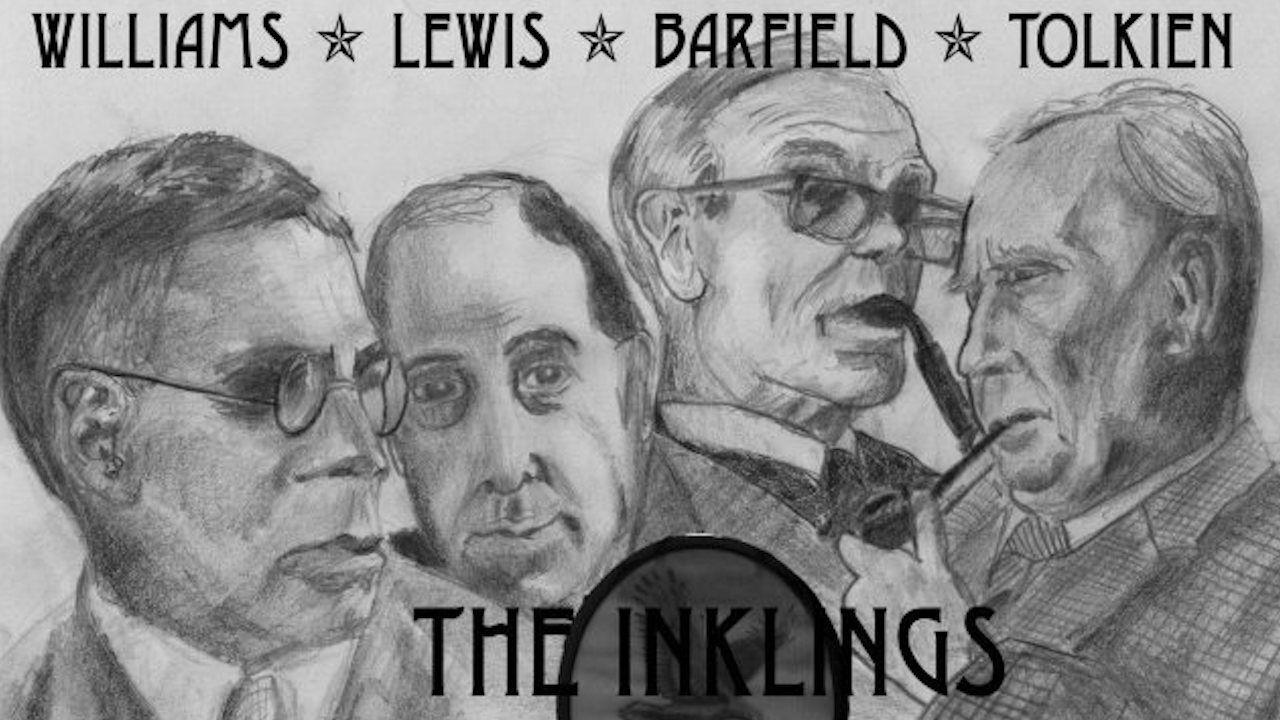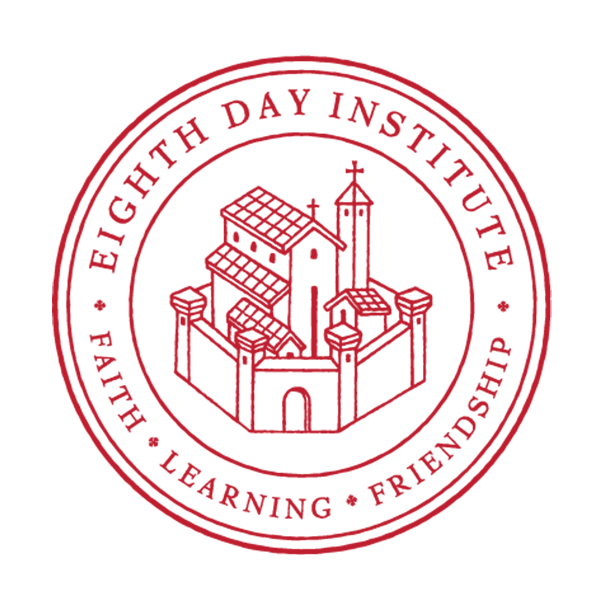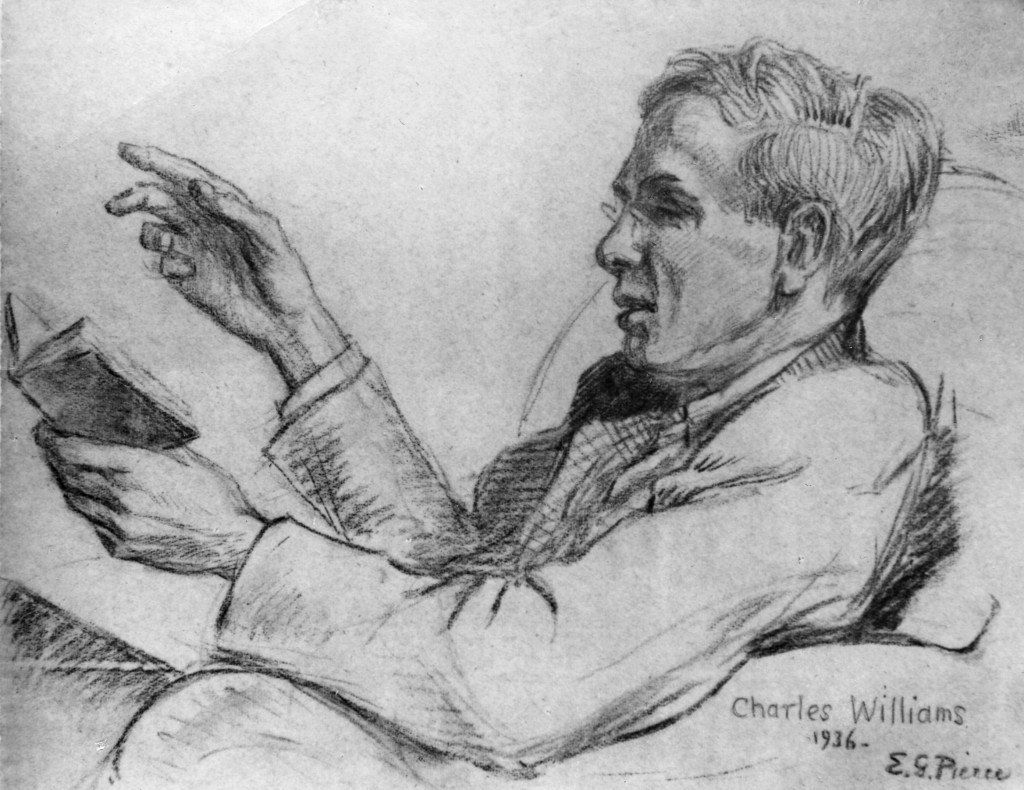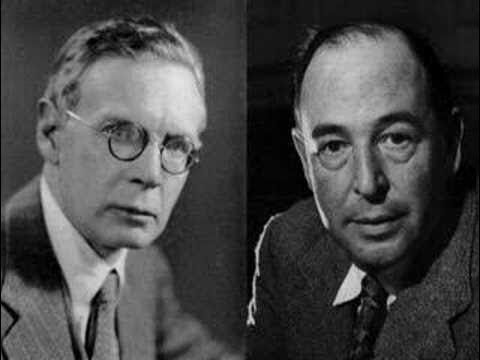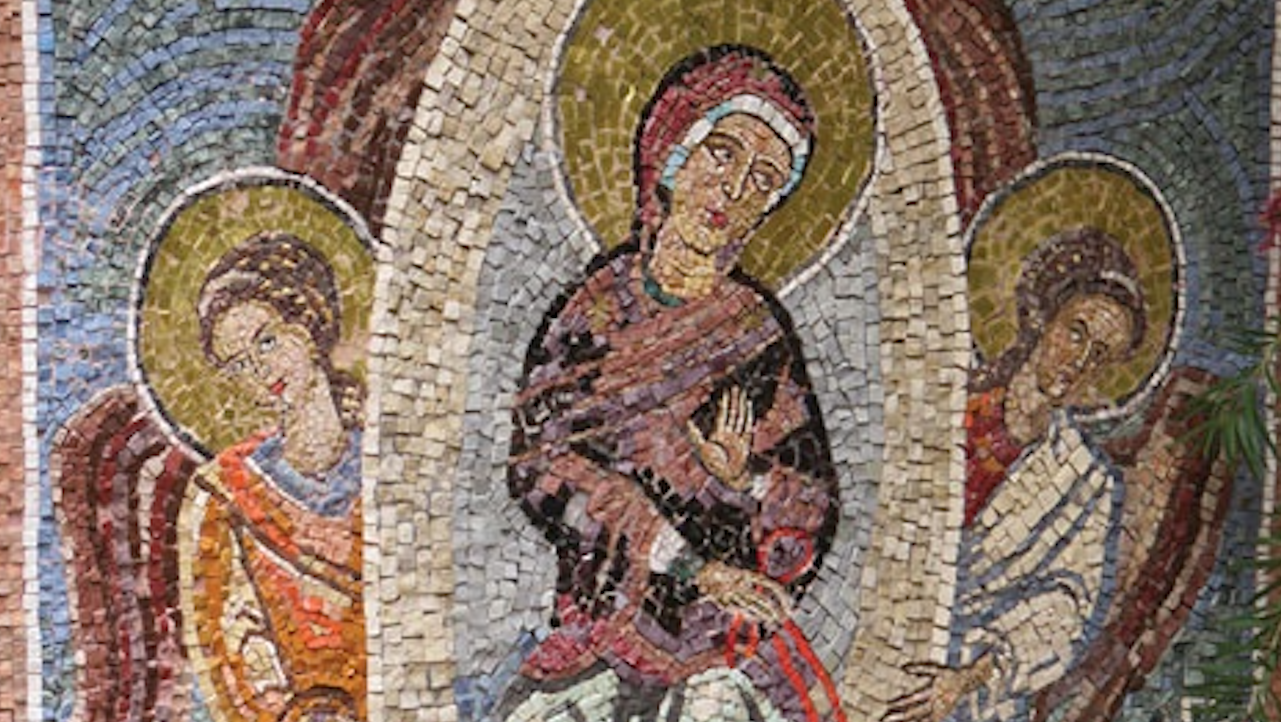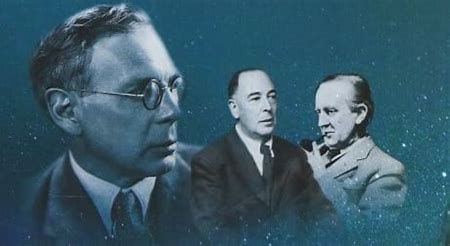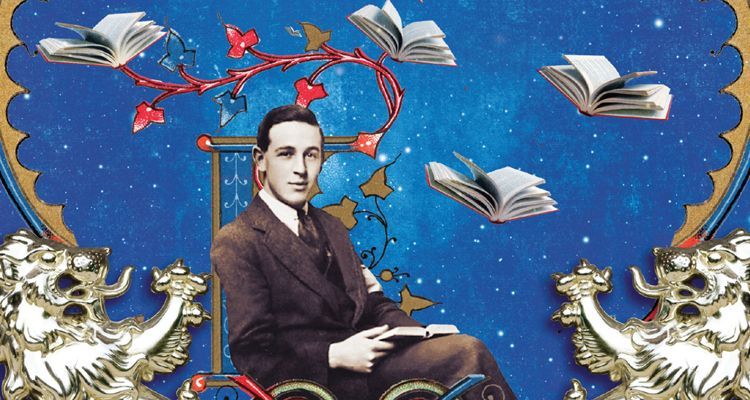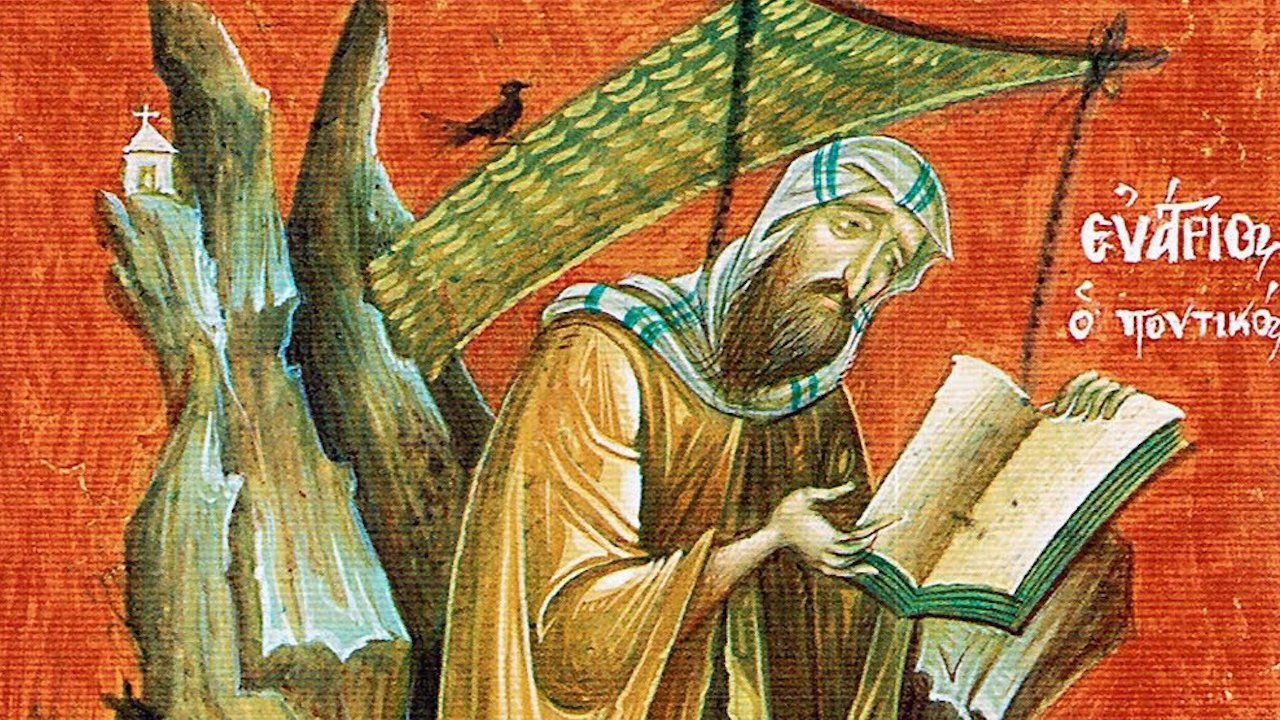Did you know there are nineteen “canonical” Inklings? Or at least that’s how many Humphrey Carpenter includes in his book The Inklings. Of those nineteen, C. S. Lewis and J. R. R. Tolkien are by far the most known and widely read. (If you want to learn more about all nineteen of them, David Bratman uses Carpenter’s list to provide a brief overview of the life and work of each one in his essay at the conclusion of Dana Pavlac Glyer’s excellent book The Company They Keep: C. S. Lewis and J. R. R. Tolkien as Writers in Community.) Lewis and Tolkien are best known for a reason. In addition to penning some of the most popular literature of the twentieth century with the Chronicles of Narnia
and the Lord of the Rings, they also formed the core of that group of writers who met regularly to read their writing aloud to each other. Hence the name Inkling, which Tolkien once described as “a pleasantly ingenious pun” that referred to those who “dabble in ink.”
A Fellowship of Friends
But the Inklings were more than a group of writers who dabbled in ink. Above all, they were a fellowship of friends. And many of their lives were deeply shaped by WWI. Both Lewis and Tolkien served in that war, which came to be called the Great War. After it came to an end, they both sought to reproduce the sort of fellowship and camaraderie they had experienced during those war-torn years of 1914-1918, a brotherhood that sustained them through such a terrible experience. They did so by reading their writing to one another every Tuesday morning over beers at The Eagle and Child pub and every Thursday evening over drinks in Lewis’s room at Magdalen College. And they did so faithfully for sixteen years, even during the darkest hours of WWII.
Lewis and Tolkien treasured their friendships. This can clearly be seen both explicitly in their letters and thematically in their works. In a letter dated Sep. 23, 1944, referring to WWII, Tolkien writes: “The Inklings have already agreed that their victory celebration, if they are spared to have one, will be to take a whole inn in the country for at least a week and spend it entirely in beer and talk, without any reference to a clock!” In a similar vein, Lewis writes in one of his letters: ““Is any pleasure on earth as great as a circle of Christian friends by a good fire?” And while the theme of friendship is clearly seen throughout Lewis’s Chronicles of Narnia, the supreme example of friendship can be found at the conclusion of Tolkien’s Lord of the Rings, when Sam Gamgee and Frodo Baggins are at the end of their quest to take the Ring to the Mount of Doom. The burden of carrying the Ring had so weakened Frodo that he was barely able to even crawl his way upward. But he had his dear and faithful friend Sam at his side.
Sam looked at him and wept in his heart, but no tears came to his dry and stinging eyes. “I said I’d carry him, if it broke my back,” he muttered, “and I will!”
“Come, Mr. Frodo!” he cried. “I can’t carry it for you, but I can carry you and it as well. So up you get! Come on, Mr. Frodo dear! Sam will give you a ride. Just tell him where to go, and he’ll go.”
If this moving passage doesn’t come directly from an actual personal experience by Tolkien in WWI, it most certainly was typical of what he and Lewis would have seen on the battlefield.
A Countercultural & Creative Fellowship
This fellowship of friends that grew out of those weekly meetings produced some of the most influential fiction of the twentieth century. But the writing of Lewis and Tolkien was remarkably different from much of the other writing that emerged after WWI. It was countercultural and it was truly creative. Most WWI veterans who were writing at the time focused on anti-war themes. And they were cynical, frequently rejecting their Christian faith and the God of the Bible. Not so with Lewis and Tolkien. Joseph Loconte, in his recent book A Hobbit, A Wardrobe, and a Great War, notes that they instead “produced stories imbued with the themes of guilt and grace, sorrow and consolation” and they reintroduced “into the popular imagination a Christian vision of hope in a world tortured by doubt and disillusionment.” Loconte goes on to suggest that while Lewis and Tolkien have both been accused of escapism for employing the literary genre of romantic myth, they were in fact
attracted to the genres of myth and romance not because they sought to escape the world, but because for them the real world had a mythic and heroic quality. The world is the setting for great conflicts and great quests: it creates scenes of remorseless violence, grief, and suffering, as well as deep compassion, courage, and selfless sacrifice. . . . Tolkien and Lewis offer an understanding of the human story that is both tragic and hopeful: they suggest that war is a symptom of the ruin and wreckage of human life, but that it points the way to a life restored and transformed by grace.
The enduring success of Lewis and Tolkien, Loconte concludes, is due partly to their mythic imagination, which created worlds and invented new languages. But that’s only part of the story.
The long-lasting influence of Lewis and Tolkien is also the fruit of their moral imagination. For Lewis and Tolkien, every single person is caught up in an epic battle between Good and Evil, between Light and Darkness. The truly great accomplishment of Lewis and Tolkien, according to Loconte, was their
creation of mythic and heroic figures who nevertheless make a claim upon our concrete and ordinary lives. Through them we are challenged to examine our deepest desires, to shake off our doubts, and to join in the struggle against evil. For in their voice is a warning: a call to “do the deed at hand” no matter what the cost.
A call to do the deed at hand, no matter what the cost. I love that. It reminds me of one of my favorite poems by Marge Piercy, “To Be of Use”, particularly the following lines:
I love people who harness themselves, an ox to a heavy cart,
who pull like water buffalo, with massive patience,
who strain in the mud and the muck to move things forward,
who do what has to be done, again and again.
But what is the deed we are called to do, again and again?
Do the Deed at Hand: Create Christian Culture!
Fr. Georges Florovsky once noted that our age has witnessed a shift in emphasis from the fulfillment of God’s design for man to the release of man from the consequences of his original failure to keep the God-ordained fast in the Garden. He goes on to suggest that contemporary Christians fail to appreciate the early Christian, and thus Scriptural, conviction that God created man for a creative purpose: to act in the world as its king, priest, and prophet. This original purpose was not thwarted by the Fall. In fact, man was redeemed precisely to resume his original vocation in Creation. We must not over-exaggerate the human achievement, Florovsky suggests, but neither can we afford to minimize our creative vocation.
Our age is not all that different from that of the early Christians. It was one of the most critical periods of history, a time of great cultural crisis that was slowly resolved by the Church’s creation of Christian Culture. Nor is our age all that different from that of Tolkien and Lewis. In many ways, it’s still a world on fire.
So, like the early Christians, and like Lewis and Tolkien, we too must do the deed at hand, no matter what the cost. We must heed the advice of Gandalf offers to Frodo in The Lord of the Rings: “The decision lies with you. But I will always help you. I will help you bear the burden, as long as it is yours to bear. But we must do something soon. The Enemy is moving.” The Enemy is indeed moving, as the First Epistle to Peter tells us: “Your adversary the Slanderer prowls about like a roaring lion seeking whom to devour.”
So again I ask, in conclusion, what must we do? I believe we must imitate the early Christians. And we ought to imitate the Inklings. We must build fellowships of friendship. These fellowships must be countercultural, offering hope in a time that seems absolutely hopeless. And they must be creative, slowly and patiently creating Christian culture in our families and in our cities. How so? By reclaiming our common ancient heritage, which, in the words of our good friend Ralph Wood (words which I will never tire of quoting), offers us unique Christian “ways of birthing and dying, of becoming youthful and growing old, of marrying and remaining single, of celebrating and sacrificing, of thinking and imagining, of worshipping the true God and protesting against the false gods . . .”
Erin Doom
is the founder and director of Eighth Day Institute. He lives in Wichita, KS with his wife Christiane and their four children, Caleb Michael, Hannah Elizabeth, Elijah Blaise, and Esther Ruth.
